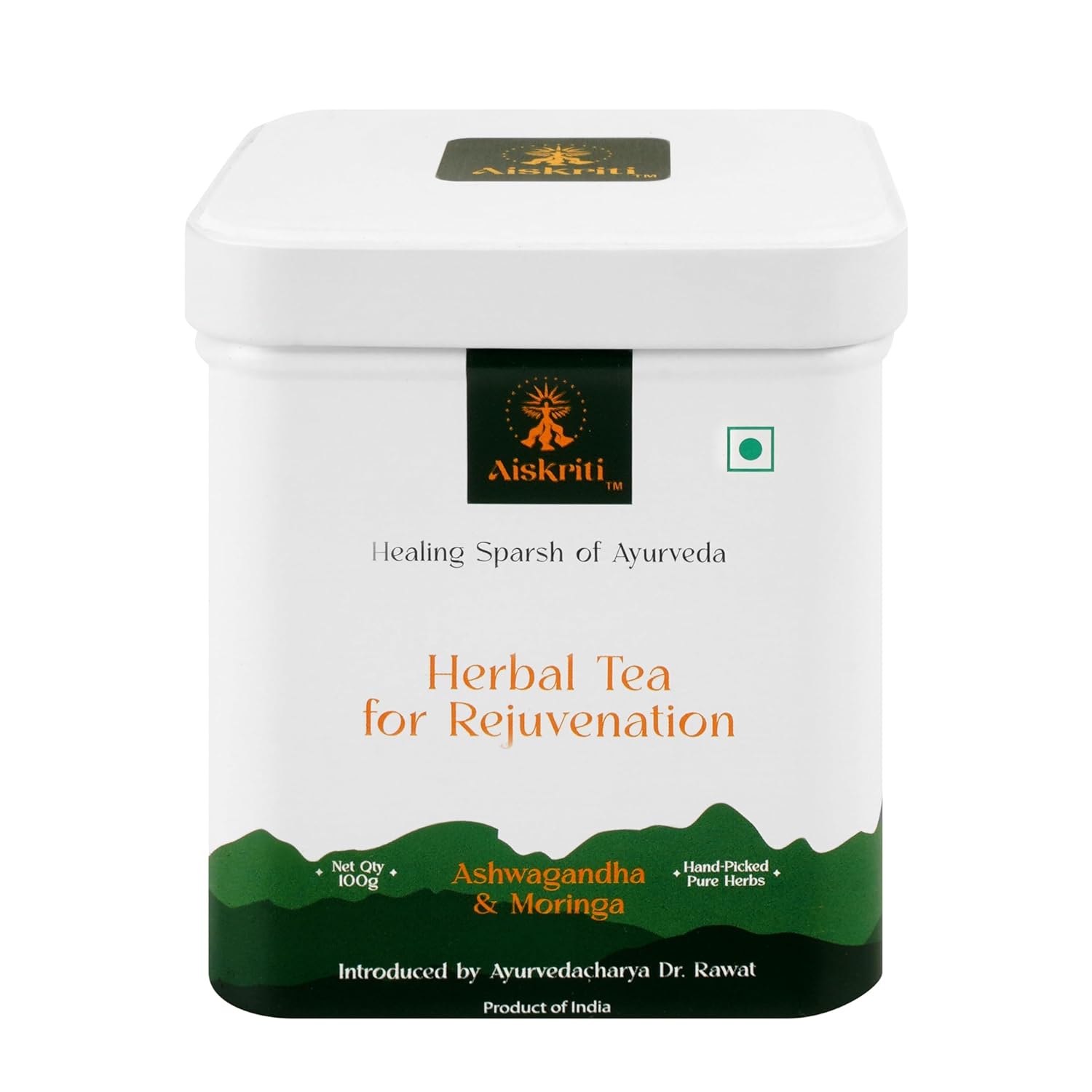Shipping produce is not an easy task and comes with its own unique challenges. Shipping companies should meticulously plan their routes, employ the proper packaging, consider weather conditions, and much more. When an employee takes on the task of shipping produce, the ultimate aim is to move it safely and quickly to its destination.
In this article, we will cover how companies can make shipping procedures easier with seven of the best practices.
Table of Contents
Incorporate technology
Technology can help ship produce without compromising on quality. Produce businesses can adopt emerging technologies to ship produce with efficiency. Shipping produce in the digital era means that the produce industry can reap many benefits from new up-and-coming technologies.
The produce industry can use GPS tracking to monitor the progress of their shipments. GPS helps keep tabs on your shipment locations and estimated arrival times. This information can be valuable in ensuring that produce arrives on time and in good condition.
Additionally, businesses can also use sensors to track the condition of their produce during transit. Sensors allow managers to monitor shipment temperature, humidity, and other factors. This information can influence the shipping process to ensure that your produce arrives safely.
Not only this, but businesses can also incorporate software systems to manage the shipping process. A software system can keep track of all aspects of the shipping process, from booking shipments to tracking their completion. This type of system can aid in ensuring shipments are coordinated and managed effectively.
2. Reduce the risk of damage
One of the biggest challenges when shipping fruits and vegetables is preventing produce damage. Produce is delicate and can be easily bruised during transport. This can lead to spoilage and loss of product quality. There are a few practices you can follow to prevent damage to your produce.
- Pack produces carefully: Use clean, soft materials like bubble wrap or foam to cushion delicate items.
- Use cooling methods: If you are shipping perishables, use ice packs or dry ice to keep them cool during transit.
- Avoid rough handling: Make sure your packaging can withstand being jostled around in a truck or plane. Double up on packaging if necessary.
Take these precautions, and your produce will arrive at its destination fresh and unharmed.
3. Try different transportation methods
There are many different transportation methods available for shipping produce that you can try. The most common methods are by truck, train, and plane. Each method has its advantages and disadvantages.
Trucks are the most common method of transportation for shipping produce. They are fast and can carry a large amount of produce. However, trucks are also expensive to use and can be unreliable.
Meanwhile, trains are a cheaper option than trucks, but they are slower. Still, they can be more reliable compared to trucks.
Planes are the fastest transportation method, but they are also the most expensive ones. They are the best transportation method for shipping perishable produce that needs to get to its destination quickly.
4. Preserve quality
Produce is a perishable product that can deteriorate quickly if not properly handled. This is a common challenge for produce businesses, as they must take care to preserve quality during transit.
5. Introduce viable strategy
As a produce business owner, you should always look for ways to reduce costs and increase profits. One way to do this is to introduce some valuable strategies to your business for shipping produce that, in return, bring profit.
One of the best strategies to opt for is collaborating with a reputable shipping company. There are countless shipping companies out there, so it is important to do the proper research and find the one that best meets your needs.
6. Go through different shipping options
Different types of produce need different shipping methods to ensure they remain fresh and undamaged. Here are the best ways to ship produce so that it arrives in top-notch condition.
- Shipping via a gel-pack container is a great option for shipping delicate produce. Gel packs help keep produce fresh and damage-free during transit.
- Shipping produce in a temperature-controlled container is the best option for keeping the produce cool during transportation.
- Shipping via a controlled atmosphere container is another good option for shipping produce that needs to be kept in a controlled atmosphere, such as apples, slowing down the ripening of fresh fruit with the help of Oxygen (O2) and maintained nitrogen levels.
Shipping produce via a gel-pack container, temperature-controlled container, or controlled atmosphere container is the best way to ensure that it arrives at its destination in perfect condition.
7. Take care of packaging
It’s important to take care of the packaging of perishables. Good quality packaging serves as protection for the fresh produce present inside, keeping it safe during the shipment journey to the retailer and then to the manufacturing facility. Here is a short list of tips that can help businesses with produce packaging:
- Use the right materials
- Choose the right size and style of box
- Make sure the box is well-sealed
- Don’t overpack the box
By following these tips, shippers can ensure that the produce will arrive at its destination fresh and intact.
Conclusion
Whether it is bananas or blueberries, transporting fresh produce to distant destinations can be a complex challenge. Success is achieved when produce arrives on time and with its quality preserved. To ship quality-packed produce, it is important to take care of every aspect of transportation.
Hopefully, this article provided you with some insights on how to safely and effectively ship fresh produce. Make sure to keep this factor in mind for maximum efficiency and deliver the freshest produce.












